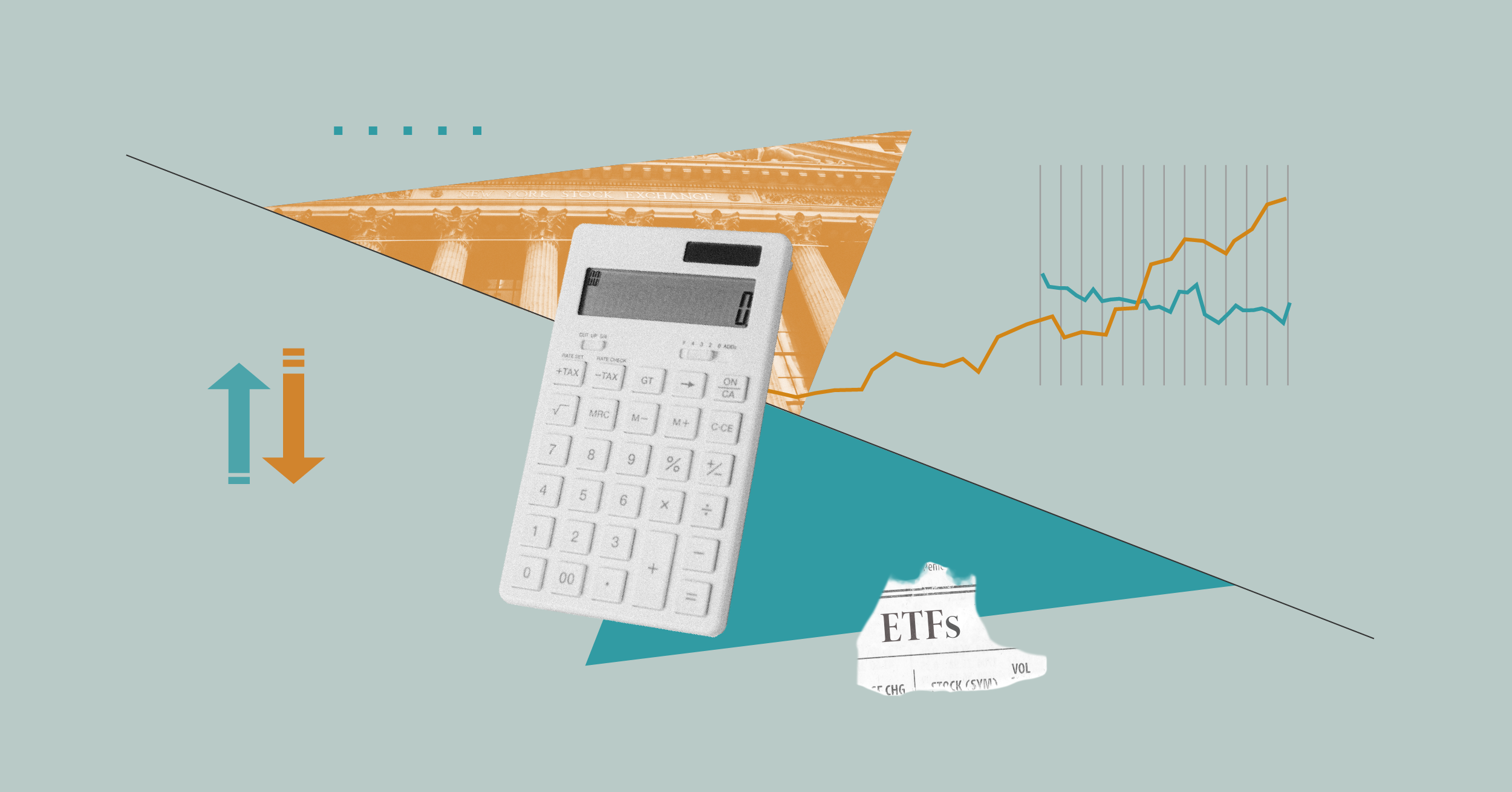Intuition suggests a simple rule when considering investments in utilities: Sell on inflation, buy on deflation, and hold on stagflation. But since deregulation in the mid-1990s, that analysis no longer holds for the broad sector. Investors must look more closely at individual companies and the sector's three industry groups--regulated, diversified and independent power producers (IPPs)--to play their hands properly during any period of "-flation."
Sluggish GDP growth, still-high unemployment, and high energy and food prices suggest stagflation could be the biggest current threat. With most regulated utilities trading at multidecade peak earnings multiples and the commodity-sensitive diversifieds and IPPs struggling with sluggish power demand, here are four of our top picks to outperform in the current environment:
National Grid (NG.)
(Premium: Morningstar Equity Research)
Nearly all of its United Kingdom and United States operations benefit from decoupling, which eliminates impacts from usage changes should demand slow. Nearly all of its five-year £22 billion of planned investment will be in the U.K. under inflation-adjusted rate structures to support the U.K.'s national long-term energy policy. The transparent earnings growth and a 6% current dividend yield make up for a relatively high payout ratio.
Westar Energy (WR):
(Premium: Morningstar Equity Research)
Its constructive regulatory regime in Kansas, U.S. allows annual cost recovery for 90% of its planned growth investments, mostly in transmission projects to tap wind farms and court-mandated environmental controls on its large coal fleet. Like National Grid, this transparent earnings growth makes up for its relatively high payout ratio.
Portland General (POR)
(Premium: Morningstar Equity Research)
Most of its growth projects during the next half-decade should actually help lower energy costs, resulting in potential net customer savings in an inflationary environment. With some of the lowest rates in the country, regulators are more willing to pass through rate increases. Its payout ratio near 50% is well below the average regulated utility.
Public Service Enterprise Group (PEG)
(Premium: Morningstar Equity Research)
The only diversified utility we highlight benefits from a relatively low payout ratio; low-cost power plants that would benefit from higher power prices; the potential to pick up earnings from reduced customer switching in New Jersey if power prices rise; and growth investment in transmission and the state's Energy Master Plan at its regulated utility with favourable rate structures.
Inflation: Pick Wisely
Throw intuition out the door. Selling a broad utility index in anticipation of inflation no longer works. Regulated utilities still feel the most pain during high-inflation periods with their mostly fixed rates, required infrastructure investments, and constant financing needs. To take an example from the U.S., this chart (opens in new windown) shows that fully regulated U.S. utilities since 1980 have far underperformed the S&P 500 when annualised inflation topped 4%. Returns for these utilities more than doubled during all other periods.
But the broader utilities index has produced mixed performance during recent periods of inflation primarily due to the rise of large diversified utilities and independent power producers. Commodity-sensitive power generation, which tends to earn wider margins during periods of inflation, are a significant earnings source for these utilities. The Morningstar Utility Sector Index, which is heavily weighted towards large-cap diversified utilities, returned 7.5% between January 2007 and August 2008 when U.S. inflation ran at a 5% annualised rate. The S&P 500 lost 5%, and the regulated utility group was flat.
In general, we suggest staying away from regulated utilities with inflexible regulatory regimes, large investment needs and already-high payout ratios during periods of inflation. Some of these currently include Great Plains Energy (GXP), Progress Energy (PGN) and ConEd (ED). On the flip side, we recommend considering diversified utilities and IPPs that derive a large share of earnings from low-cost generation such as nuclear and renewables. Top picks here include Exelon (EXC), NextEra Energy (NEE) and NRG Energy (NRG). For yield-seekers we also like National Grid (NG.), which receives annual inflation rate adjustments in its dominant U.K. transmission business.
Deflation: Valuations Look Rich
Again, deregulation changed everything. Yes, most regulated utilities should rally as deflation takes hold, particularly those we identified in the inflation section with mostly fixed regulatory structures, large investment requirements, and financing needs. Diversifieds and IPPs will feel the pain. We suspect deflationary concerns and ultra-low interest rates last year fed the regulated utilities' first-half rally.
With central banks vowing to avoid deflation at all costs, we think regulated utilities as a group face a challenging few years. For example, the trailing price/earnings ratio for a group of the 34 largest U.S. regulated utilities is above 16 times, nearing 20-year average peaks. In addition, favourable weather and a rapid bounceback in industrial demand inflated earnings for many utilities.
Stagflation: Utilities Not a Bad Place to Invest
The real conundrum for utilities investors is what to do if stagflation strikes. Intuition suggests regulated utilities would outperform during the "stag-" and diversifieds and IPPs would outperform during the "-flation." Thus, we would expect mostly net neutral returns for the broader utility sector.
We considered seven periods during the last 35 years that demonstrated slowing GDP growth and accelerating inflation. During these periods, regulated utilities generally outperformed the S&P 500 by a wide margin. The broader utilities sector also generally outperformed the S&P 500 but showed mixed results against regulated utilities. The big exception was during the late 1970s when utilities (then all regulated) far underperformed the market. Most recently, between October 2007 and July 2008, regulated utilities outperformed the S&P 500 by 150 basis points and outperformed every sector except energy. The broader utilities index performed in line with the market.
If stagflation were to accelerate, we would recommend mostly regulated utilities with constructive regulatory environments, growth projects that don't depend on demand growth, and low payout ratios. Our top picks listed above demonstrate many of these characteristics.

























